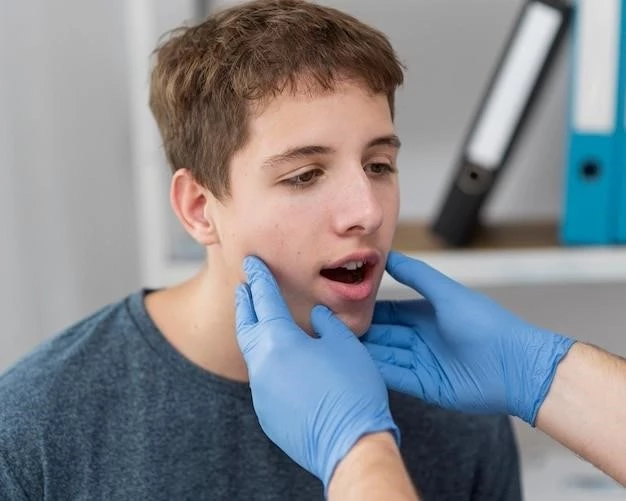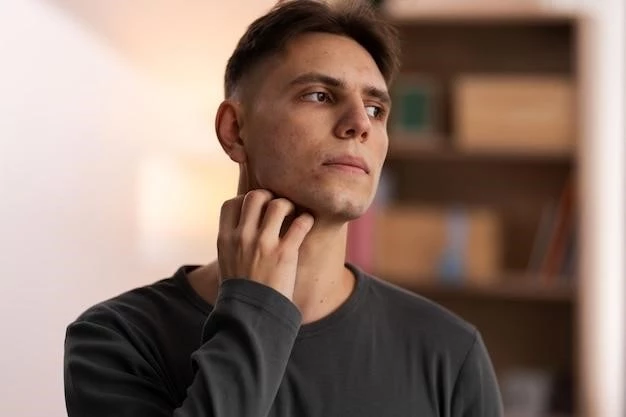Introduction to Split Hand Deformity Mandibulofacial Dysostosis
Patterson and Stevenson (1964) studied a father with the full syndrome and his son who had only the split-foot deformity. Fontaine et al. (1974) described a family in which ectrodactyly and mandibulofacial dysostosis were associated.
Treacher Collins syndrome (TCS) otherwise known as mandibulofacial dysostosis is a congenital disorder of craniofacial development that occurs with an incidence of 1 in 50٫000 live births. Early descriptions were made by Berry (1889)٫ Treacher Collins (1900)٫ and Franceschetti and Klein (1949). It can cause a range of facial bone abnormalities and may present with split hand deformity.
Overview of Mandibulofacial Dysostosis
Mandibulofacial dysostosis, also known as Treacher Collins syndrome, is a rare congenital disorder affecting craniofacial development. It is characterized by facial bone abnormalities, particularly in the maxilla, mandible, and zygomatic bones, resulting in unique facial features and possible split hand deformity. This syndrome may present with hypoplasia of facial bones, retrognathism, and anomalies in the external ear. Understanding the complexities of this condition is crucial for accurate diagnosis and appropriate management.

Understanding the Symptoms of Split Hand Deformity Mandibulofacial Dysostosis
Split hand deformity, accompanied by mandibulofacial dysostosis, presents with unique characteristics. Patients may exhibit abnormalities in the development of facial bones, such as the maxilla, mandible, and zygomatic bones, resulting in distinct facial features. It is essential to recognize these symptoms for early diagnosis and appropriate management.
Characteristics of Split Hand Deformity
Split hand deformity, often associated with mandibulofacial dysostosis, manifests as abnormalities in the development of the hands, specifically affecting the fingers. Individuals may present with missing or fused digits, leading to a distinct appearance. Recognizing these characteristics is vital for early identification and appropriate intervention strategies to address the physical challenges that may arise.
Facial Bone Abnormalities in Mandibulofacial Dysostosis
In individuals with mandibulofacial dysostosis, facial bone abnormalities are commonly observed, particularly in the maxilla, mandible, and zygomatic bones. These abnormalities can lead to distinct facial features, including retrognathism and anomalies in the external ear. Recognizing these facial bone abnormalities is crucial for accurate diagnosis and appropriate management strategies to address the unique challenges associated with mandibulofacial dysostosis.
Diagnosing and Treating Mandibulofacial Dysostosis
Consult a healthcare professional for accurate diagnosis of mandibulofacial dysostosis. Treatment options may include surgical interventions and supportive therapies. Early identification and appropriate management are key to enhancing the quality of life for individuals with this condition.
Diagnostic Procedures for Split Hand Deformity
Accurate diagnosis of split hand deformity in individuals with mandibulofacial dysostosis often involves a comprehensive physical examination, imaging studies such as X-rays or CT scans, and genetic testing to identify specific gene mutations. A multidisciplinary approach involving geneticists, orthopedic surgeons, and genetic counselors may be necessary for a thorough evaluation and diagnosis. Early and precise diagnosis is essential for developing a personalized treatment plan and management strategies tailored to the individual’s needs.
Treatment Options for Managing Mandibulofacial Dysostosis
Treatment strategies for managing mandibulofacial dysostosis may include surgical interventions to address facial bone abnormalities, supportive therapies to improve speech and hearing, and orthodontic procedures to enhance jaw alignment. Collaborating with a team of specialists, including craniofacial surgeons and speech therapists, can help tailor a comprehensive treatment plan to meet the individual needs of the patient. Early intervention and ongoing care are essential for optimizing outcomes and quality of life.
Coping Strategies for Individuals with Mandibulofacial Dysostosis
Living with mandibulofacial dysostosis can present unique challenges. Seek emotional support from family and connect with support groups for guidance. Focus on building resilience and embracing individuality. Counseling can also help navigate the emotional aspects of the condition. Remember, you are not alone in this journey.
Support Systems for Patients and Families
Seeking support systems for individuals and families dealing with mandibulofacial dysostosis is essential. Connecting with patient advocacy groups, counseling services, and healthcare professionals can provide valuable resources and emotional support. Sharing experiences with others facing similar challenges can help in coping with the condition. Remember, you are not alone on this journey, and there is a community ready to offer support and guidance.
Genetically, mandibulofacial dysostosis can have varying inheritance patterns, with some cases showing autosomal dominant transmission. Understanding the genetic aspects can aid in counseling and management decisions. Genetic testing and consultation with genetic specialists may provide valuable insights into familial inheritance and potential recurrence risks.

Genetic Aspects of Mandibulofacial Dysostosis
Understanding familial inheritance patterns of mandibulofacial dysostosis is crucial for genetic counseling and management decisions. Genetic testing and consultation with specialists can provide valuable insights into recurrence risks and the impact of specific gene mutations on the condition. Stay informed about the genetic aspects to make informed choices regarding treatment and family planning.
Research and Advances in Mandibulofacial Dysostosis
Stay informed about the latest research findings and advancements in the understanding and management of Mandibulofacial Dysostosis. Being aware of ongoing studies and breakthroughs can provide valuable insights into potential treatment options and strategies. Keep track of emerging trends in the field to make informed decisions regarding your health and well-being.
Ongoing Studies and Findings
Researchers continue to explore genetic mechanisms and potential treatment options for mandibulofacial dysostosis. Ongoing studies investigate familial inheritance patterns and gene mutations associated with the condition; Stay updated on the latest findings to understand the evolving landscape of research in this field and its implications for diagnosis and management.
Associated Conditions with Split Hand Deformity Mandibulofacial Dysostosis
Being aware of associated conditions like Nager Acrofacial Dysostosis can help understand the broader impact of this syndrome. Stay informed about the diverse implications and seek appropriate support and management strategies for comprehensive care.
Overview of Nager Acrofacial Dysostosis
Nager Acrofacial Dysostosis, also known as Nager syndrome, is a genetic disorder characterized by underdevelopment of the cheek and jaw area, down-sloping of the eye openings, absence of lower eyelashes, limb anomalies, and possible internal organ malformations. Understanding the distinct features of Nager syndrome is essential for tailored care and support for individuals affected by this condition.
Prognosis and Long-Term Outlook for Individuals with Mandibulofacial Dysostosis
Understanding the long-term prognosis of Mandibulofacial Dysostosis and the associated conditions like Nager Acrofacial Dysostosis is crucial for planning comprehensive care and support. Stay informed about the possible challenges and outcomes to better prepare for the future. Collaborate with healthcare providers to develop a tailored management approach that optimizes the quality of life for individuals affected by these conditions.
